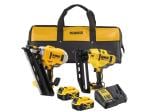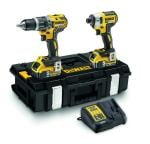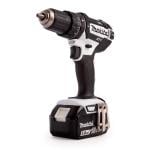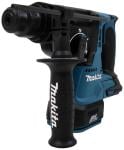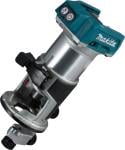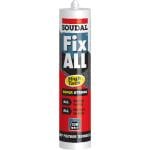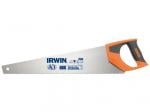How Do Pneumatic Power Tools Work
Pneumatic power tools, often referred to as air tools, operate using compressed air as their source of power. These tools utilize the force of pressurized air to perform various tasks, ranging from drilling and fastening to sanding and painting. Understanding how pneumatic power tools work can provide valuable insights into their functionality and advantages. In this article, we will delve into the mechanics of pneumatic power tools and their operational principles.
Introduction
Pneumatic power tools are widely used in industries and workshops due to their efficiency, reliability, and versatility. Understanding how these tools function can help users optimize their performance and ensure proper usage.
The Basics of Pneumatic Power Tools
Components of a Pneumatic Power Tool
A typical pneumatic power tool consists of the following components:
- Motor: Converts compressed air energy into mechanical energy.
- Air Inlet: Connects the tool to an air compressor.
- Trigger or Valve: Controls the airflow and activation of the tool.
- Mechanical Parts: Various parts specific to the tool's function, such as drill bits or sanding pads.
Air Compression Process
Before delving into how pneumatic tools work, it's important to understand how air compression takes place:
- Air Intake: An air compressor draws in atmospheric air.
- Compression: The air compressor pressurizes the air by reducing its volume, resulting in higher air pressure.
- Storage: The compressed air is stored in a tank, ready for distribution to pneumatic tools.
Operational Mechanism of Pneumatic Power Tools
Conversion of Air Pressure into Mechanical Energy
- Air Supply: Compressed air from the air compressor is connected to the pneumatic power tool through the air inlet.
- Motor Activation: When the trigger or valve of the tool is activated, it allows the pressurized air to flow into the motor chamber.
- Air Expansion: The pressurized air enters the motor chamber and expands, causing mechanical parts within the tool to move.
Control and Regulation of Airflow
Pneumatic power tools incorporate control mechanisms to regulate the airflow, which influences the tool's speed and force. The user can adjust the airflow through the trigger or valve, providing precise control over the tool's operation.
Advantages of Pneumatic Power Tools
Pneumatic power tools offer several advantages:
- High Power-to-Weight Ratio: Pneumatic tools deliver significant power without being excessively heavy.
- Rapid Operation: These tools provide quick and efficient performance, boosting productivity.
- Longevity: Fewer moving parts result in extended tool life.
- Consistent Power: Pneumatic tools maintain consistent performance without battery depletion.
Conclusion
Pneumatic power tools operate by harnessing the power of compressed air to perform various tasks. Understanding their operational principles, from the conversion of air pressure into mechanical energy to the control of airflow, enables users to effectively utilize these tools. Pneumatic power tools' advantages, including high power-to-weight ratio, rapid operation, and durability, make them essential tools in numerous industries and applications.
FAQs
Can pneumatic power tools be used for precision tasks?
Yes, pneumatic tools can be used for precision tasks when airflow is carefully controlled.
Do pneumatic tools require electricity to operate?
Pneumatic tools require an air compressor to generate compressed air, but they don't rely on electricity for their operation.
What is the role of the air compressor in pneumatic tools?
The air compressor pressurizes atmospheric air, which is then supplied to pneumatic tools to power their operations.
Are pneumatic tools suitable for heavy-duty applications?
Yes, pneumatic tools are well-suited for heavy-duty applications due to their high power output and durability.
Can I adjust the speed and force of pneumatic tools?
Yes, the speed and force of pneumatic tools can be adjusted by regulating the airflow through the tool's trigger or valve.


